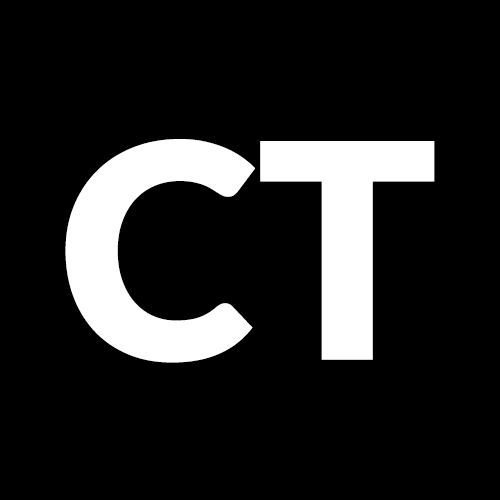MRI-Guided Laser Procedure Provides Alternative to Epilepsy Surgery
For patients with mesial temporal lobe epilepsy (MTLE) that can’t be controlled by medications, a minimally invasive laser procedure performed under MRI guidance provides a safe and effective alternative to surgery, suggests a study in the June issue of Neurosurgery, official journal of the Congress of Neurological Surgeons. The journal is published by Lippincott Williams & Wilkins, a part of Wolters Kluwer Health.
“Real-time magnetic resonance-guided stereotactic laser amygdalohippocampotomy (SLAH) is a technically novel, safe and effective alternative to open surgery,” according to the new research by Dr. Robert E. Gross of Emory University School of Medicine, Atlanta, and colleagues.MRI Guides Precise Laser Destruction of Area Causing Epilepsy…
The researchers report their experience with MRI-guided SLAH in 13 adult patients with epilepsy mapped to a part of the brain called the mesial temporal lobe. The patients, median age 24 years, had “intractable” seizures despite treatment with antiepileptic drugs.In the SLAH procedure, a saline-cooled fiberoptic laser probe was precisely targeted to the area of the brain—the “amygdalohippocampal complex”—responsible for the procedures. Using real-time MRI guidance, the neurosurgeon was able to pinpoint the area of the brain responsible for seizure activity and destroy (ablate) by computer-controlled laser energy, without harming neighboring brain tissue.
The technical aspects of the procedure were successfully carried out in all patients. Using thermal imaging and MRI guidance, the surgeons were able to see the area of laser ablation as treatment proceeded. The average laser exposure time was just under ten minutes.
On average, 60 percent of the amygdalohippocampal complex was destroyed in the SLAH procedure; the average length of the ablated area was 2.5 centimeters. Median time spent in the hospital was just one day—compared to a typical two to five-day stay after conventional temporal lobe surgery, and SLAH patients did not have to be admitted to the intensive care unit.
…With Good Control of Seizures at Follow-Up
Most important, the procedure was effective in reducing or eliminating seizures in patients with MTLE. At a median of 14 months after SLAH, ten out of thirteen patients achieved meaningful seizure reductions, while seven were free of “disabling seizures.” This included six out of nine patients whose epilepsy was caused by an abnormality called mesial temporal sclerosis.Although some complications occurred, none were directly caused by laser application. Two patients had an additional SLAH procedure to control seizures, and another patient underwent standard open surgery.
Open brain surgery is the standard treatment for patients with intractable MTLE. Surgery has a high success rate, but carries a significant risk of neurological and cognitive (intellectual) impairment. Minimally invasive approaches like the new MRI-guided laser ablation technique might produce similar seizure control with lower risks than surgery.
The new study shows “technical feasibility and encouraging results” with the minimally invasive MRI-guided SLAH technique for patients with MTLE. Effectiveness in relieving or eliminating seizures approaches that of surgery—perhaps especially among patients whose seizures are caused by mesial temporal sclerosis. “These are promising results considering that this reflects our initial experience, and results may improve with greater experience with this novel technique,” notes Dr. Gross.
“Such minimally invasive techniques may be more desirable to patients and result in increased use of epilepsy surgery among the large number of medically intractable epilepsy patients,” Dr. Gross and colleagues conclude. They note that a larger, longer-term study of SLAH is underway, including assessment of the effects on cognitive function as well as seizures.

